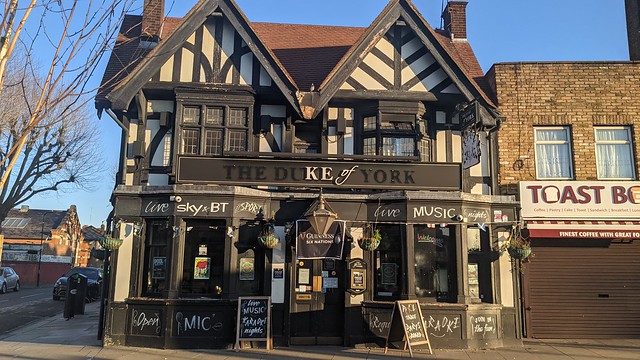skip to main |
skip to sidebar
I'm pleased to share some new pictures with you. Despite my dalliances with colour and video it's very much a case of ploughing my lonely furrow in terms of technique. What I have done is also develop my fascination in ideas of the city as expressed in novels.
At the heart of the The City and the City by China Miéville is a magnificent leap of imagination. Taking a concept of how we relate to one another as strangers, sharing the intimacy of the street while constructing our own personal narrative, accounting for but not recognising others, the author creates a world where that's been institutionalised.
Two cities exist but not in the way of Belfast, Beirut or Berlin, topographically divided by walls or no go areas. While these two cities simultaneously occupy the same streets, each set of citizens exclusively experience their own, with the threat of instant prosecution if they ever let the veil fall.
The beauty of the novel is that there are no passages that neatly describe this state. It's subtly revealed, incidental to the main narrative.
There are places not crosshatched but where Beszél is interrupted by a thin part of Ul Qoma. As kids we would assiduously unsee Ul Qoma, as our parents and teachers had relentlessly trained us (the ostentation with which we and our Ul Qoman contemporaries used to unnotice each other when we were grosstopically close was impressive).
The symbolism of such a city is far-reaching and raises political, social and ethnic issues. Personally I find inspiration for my own work. Mirroring the distance between us which recognised those moments when we are in momentary accord with one another, The City and the City is a place when we are quite literally in our own worlds, unseeing and unnoticing one another.

It's hard for me not to relate these ideas to the recent disturbances on the streets of London where, arguably, those rules of engagement were literally torn up. There's enough analysis on the events themselves. Worthy of reference is Peter Marshall in particular.
So, without intending to use them as material for an abstract intellectual analysis, my response is framed by my obsession about the streets and our relationship with them.
For me the fine line between two or more Londons that exist at once in our own non-fiction world was disturbingly exposed. I practise photography on the streets because, as I've written in my recipe for street photography, I love the mix of people that share them. As a street photographer I have to transgress that conditioned state of unseeing, ironically creating its own conflicts although safely contained within my own mind, occupying a place between.
My enduring experience of the riots was witnessing the fragility of those boundaries and recognising the very nature of the city is temporary. As another well known thinker phrased it, all that is solid melts into air.







